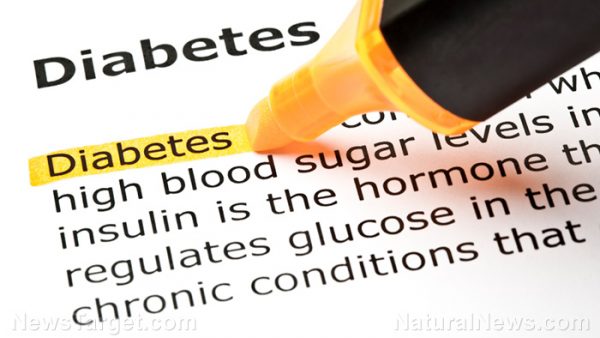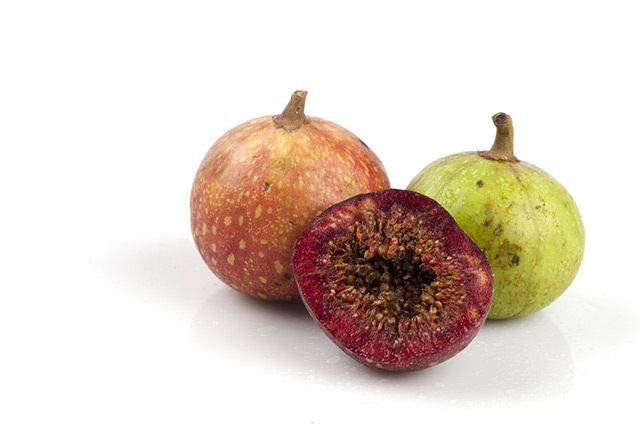Too much iron is bad for you, particularly if you’re a man. Some men are predisposed to accumulating high levels of iron in their organs and glands, and this can contribute to their bodies undergoing oxidative stress, tissue damage, and early aging. Excessive iron intake can also place a man under greater risk of heart problems. The primary function of iron is to ensure that red blood cells transport oxygen from the lungs to tissues and organs. This essential mineral also plays key roles in the transmission of nerve impulses throughout the body, and the creation of energy from nutrients.
Your recommended dietary allowance (RDA) of iron depends on your age and sex. Infants need the least amount iron (0.27 mg), while pregnant women need the most amount of iron (27 mg). Whenever the body has more iron than needed, the iron surplus is stored away for future use. Though harmless in small amounts, high levels of accumulated iron have been linked to detrimental health conditions. Too much iron will put unnecessary strain on the vital organs and cause them to act abnormally. When factored in with obesity, unhealthy cholesterol levels, smoking habits, and regular alcohol consumption, then the effects of iron overload are far more severe.
According to DrJohnDay.com, researchers have yet to pinpoint how exactly an iron overload would affect the heart. One theory states that iron is especially toxic to the inner layer of the arteries, which are generally much larger in the hearts of men. Another factor could be oxidative stress, which causes plaque to build up in the arteries and eventually cause blockage. Men in general are more prone to heart disease than women, and too much iron can raise those chances. (Related: Iron supplements cause more harm than good)
Where do we get our iron?
As with other nutrients, the most common source of iron is food. Iron derived from food comes in two forms: heme iron and non-heme iron. Heme iron is the variety of iron found in animal meat, with red meat ranking as one of the highest sources of dietary iron. Non-heme iron covers the iron found in plant-based foods such as spinach, legumes, and nuts. Between the two, the human body absorbs heme iron much easier and much quicker.
Iron supplements are often prescribed for those with an iron deficiency. Currently, there are different dosages of iron supplements readily available in pharmacies, with these dosages filling the body with different amounts of iron. For example, 136 mg of ferrous fumarate would give 45 mg of elemental iron.
How can iron overload be avoided?
- Take only as many iron supplements as needed – Because iron supplements make it easy to take in so much iron, it’s possible to overdose on them. Be aware of how much you need to take and how much you’ve already taken to avoid this risk.
- Have your iron and blood levels tested – Knowing how much or how little iron you have in you will help you adjust your diet accordingly.
- Minimize red meat – Menstruating women and regular blood donors are the ones who need a lot of iron to replace what they lose. For everyone else, just the right amount of iron is necessary to remain healthy.
Visit SupplementsReport.com for more information on the various health supplements at your local pharmacy.
Sources include:
IronDisorders.org
DrJohnDay.com
Healthline.com
LiveStrong.com
MedicineNet.com





















